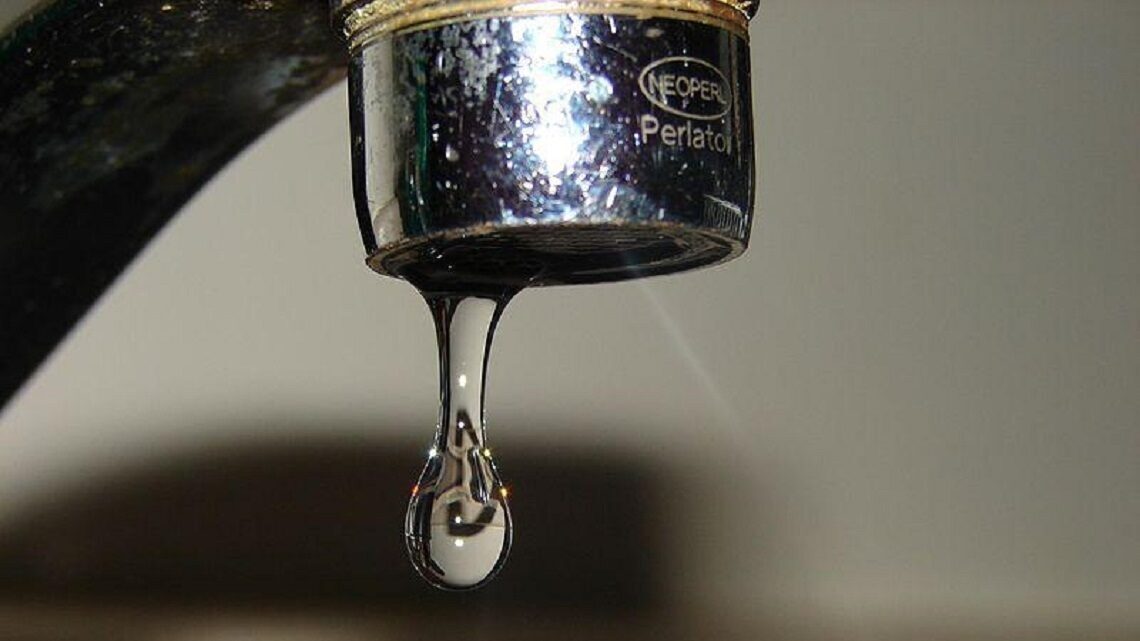Save Water

Saving water can reduce the environmental impact of a home, school, or business and save money. Using less water outside and inside can reduce the amount of water entering wastewater treatment facilities and potentially contaminated stormwater runoff from entering waterways. Outside water usage can be reduced by planting native plants which require less water and maintenance and installing and using rain barrels. Inside actions can include using low-flow fixtures and efficient washing machines and fixing leaks.
Water conservation can also be a climate change solution. Using less water means less energy is used to clean, transport, heat (if needed), and treat.
Connecting to Issue Investigation
Adding less potentially contaminated water to the environment can be a solution for a variety of investigations. Students can be investigating the water quality of a local stream or the effectiveness of a wastewater treatment facility and come to the conclusion that conserving water would reduce runoff and add less stress to a facility. This solution can also come out of investigations focused on climate change. If students are looking for actions to reduce greenhouse gas emissions, water conservation is a solution!
For those working towards green school awards, this action can reduce a school’s environmental impact and costs by decreasing the school’s water bill and requiring less water be clean, transported and heated for the school’s needs.
Facilitating Student Action
Students should continue to have opportunities to share ideas and opinions throughout the process of identifying, planning, and implementing action. Listed here are just a few ways students can stay engaged while working on this solution—but there are many more! The complexity of each activity/task can be adjusted for each grade level.
Create - students can create a water saving campaign at their school that includes tips on how their fellow students can save water at school and at home.
Monitor - students of any age can conduct a water use audit of the school. Students can look for leaking fixtures or practices that can be completed with less water.
Educate - students can research the environmental benefits and cost savings for upgrading the water fixtures and share their findings with the community through pamphlets, letters, skits, signs, and posters.
Advocate - students can advocate for the money and materials needed to install water conserving fixtures by sharing their monitoring and research results to the school board through letters or presentations. Students can advocate for more community support by talking with their families and local news agencies.
Share and Celebrate - students can celebrate their work by sharing money and energy savings from upgrading water fixtures and installing new water conservation practices at school with the broader school community by writing articles, press releases or inviting reporters from the school paper and local news agencies.
Save Water Resources
The LAUNCH Water Conservation Toolkit can be used to learn about the importance of saving water and how everyone can cut down on water usage.
The Environmental Protection Agency has many resources in their WaterSense program to help with saving water. The product list can guide you through choosing water-efficient products for inside and outside. WaterSense for Kids includes water saving ideas.
The Clean and Conserve Education Program from Project Wet offers activity books and lessons with a focus on water conservation.
Students can use the Water Footprint Calculator to learn where they are using water and get ideas on how to save water. The website also includes resources for teachers.
